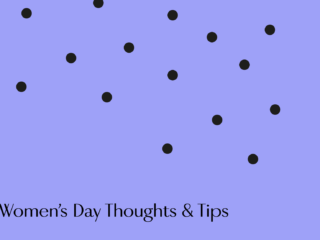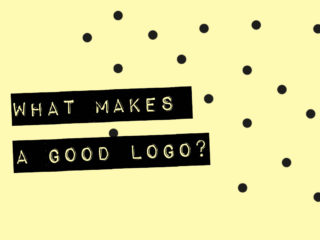Good UX starts with YOU
If you are a dedicated UX Designer, you know your learning never stops (And if you don’t know that better start knowing now!).
Empathy seems like a buzzword, but there is a good reason for it. It sits right in the middle of everything we try to achieve. How do we answer or search for users’ needs without empathy?
How can we even begin to talk about accessibility without empathy? How can we become inclusive if we don’t care?
Our jobs as user experience designers are not easy. We consistently need to put ourselves in the users’ shoes and minds while making sure we’re not assuming that users will approach and solve problems in the same way as us designers. This is why it is important to stay away from the “self-as-user outlook” in our work. (Self-as-user outlook is the belief that interaction problems are either the direct fault of users or the failure of users to follow instructions )
Interestingly, but not surprisingly studies show that men have lower EQ and empathy than a woman. I won’t bore you with the study but feel free to read it here. And don’t worry, empathy can be practiced and improved.
Before I share with you the “how” let’s look at the difference between Empathy & Sympathy.
Empathy vs Sympathy
One of my favourite researcher and author Brene Brown says empathy is about feeling people. Empathy is not connecting to an experience. It’s connecting to the emotions that underpin an experience. She explains this so beautifully in her words which I’d like to share with you:
“Empathy has no script. There is no right way or wrong way to do it. It’s simply listening, holding space, withholding judgment, emotionally connecting, and communicating that incredibly healing message of ‘You’re not alone. ‘”

On the other hand, sympathy is feeling for the person and their circumstances. It is a sense of pity and this drives disconnection.
Tips to have more empathy?
Here are some tips from me on how you can improve your skills to have more empathy as a UX designer
- Be a good listener
Listen to your clients, without interruption. Leave your ego aside. Your designer mind will want to speak out, but this is very important. Quieten the voices and let them pour out their problems, thoughts, ideas, and ideals. Ask questions if you need to stir the client in the right direction. Be curious and a willing listener.
- Don’t be scared of feedback
Feedback is a great thing. It enables you to assess other viewpoints and have a better understanding of the tasks at hand. Feedback is a good way of building dialogue with clients as it gets them involved in the project. For you, it is a method of checking in and assessing the progress of the project and moving it forward. So never be afraid of feedback, in fact, encourage it. It is also very important to create a space for your team to feel free to give feedback. Feedback makes you get better.
- Do your research
Each project is different, each user is different so their requirements will be different each time. There is no ‘fit for all’ approach when it comes to research. Be creative in your research, be prepared. By doing good, thorough and comparative research, you will feel more confident in your ability to deliver the right solutions.
- Be open-minded
If you are doing good on the point and 2, then you have this one too! What do I mean by this? I mean know that you can be wrong, know that there may be solutions to what you had in mind. Don’t get fixated on ideas. Ideas can always, always be improved. Engage positively in conversations so you can be open to new dialogues.
- Be a good observer
Communication can be non-verbal too. Have you noticed the folded arms during meetings, head bobs, and arm gestures? Here, I’m not referring to the others only, I’m looking at you too. What messages are you sending out as you explain your project proposals? How are your clients responding when they listen to your ideas? Notice the non-verbals and adapt your communication accordingly.
Feature Photo Credit: Vonecia Carswell on Unsplash




Amazing write-up ; I’ll give it a five star rating